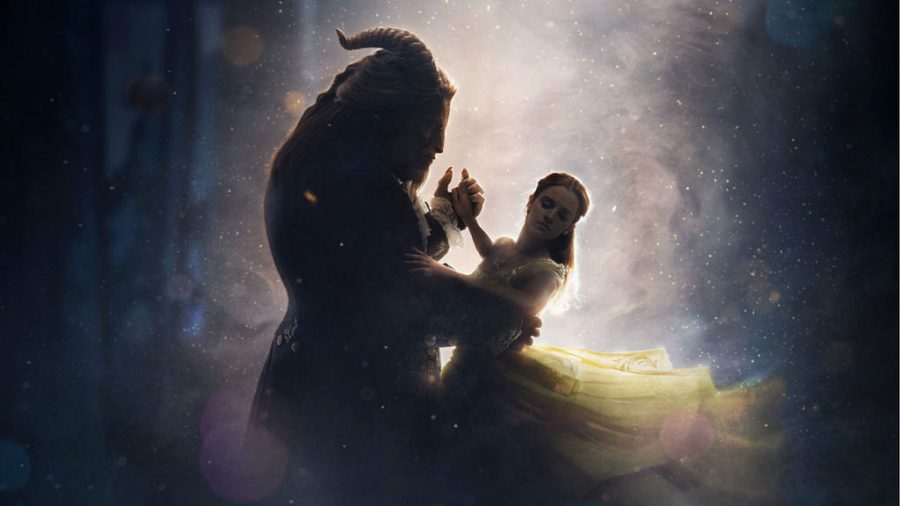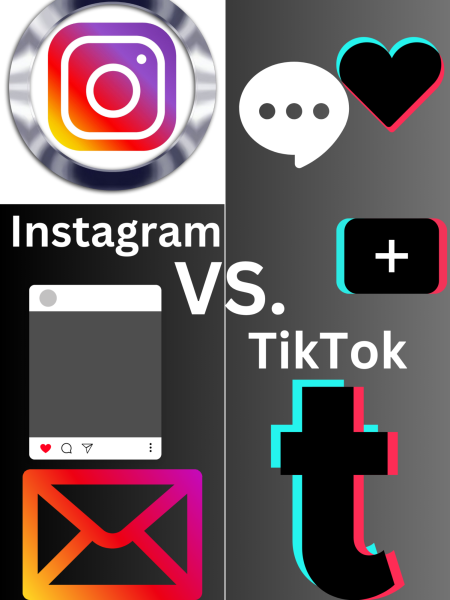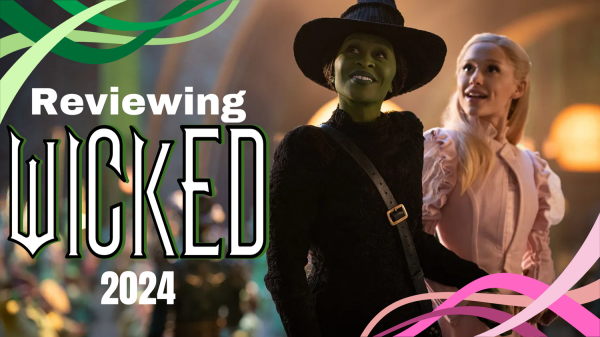Revising, remaking, and repackaging childhood
I am a rehabilitated nerd; and that is not to say I do not hear the guttural screams on social media every time an animated classic gets the live action treatment. I just understand their pain.
There is an almost phobia growing among nostalgia-bearing citizens surrounding the treatment of their beloved animations. I could only imagine the lamb-lead-to-slaughter journey of watching one’s childhood be gutted and bled for corporate profit; but then again, I do not have to imagine this. I consider myself a helpless victim concerning M. Night Shyamalan, who directed the cinematic abomination that calls itself The Last Airbender.
The phobia, in short, is justified.
Animation contains aspects inalienable to its medium. The heavy, near-psychedelic dosage of creativity and whimsy that can be entered into a realm unrestricted by physical limitations is arguably the selling point of animation as a whole. In the growing age of CGI and blockbusters, the slightly reduced cost in terms of money and time has lead film companies to cash in.
As the film industry becomes saturated with movies following the business model of the Transformers series, the defensive positions taken by many fans have become equally as protruding. This is due in large part to the utter failures of many attempts to nostalgia-bate and re-introduce franchises for profit.
Even animated juggernaut Disney has fallen into a hysterical trend of laziness, lining up reboots of The Lion King, Aladdin, and Mulan through 2020.
Live-action adaptations usually follow into many of the same pitfalls. Whether it be the inability to transfer the atmosphere and environments over to reality (Alice in Wonderland), the failure to adequately update a possibly dated story (Teenage Mutant Ninja Turtles 2014), or the complete misunderstanding of the story as a whole (Death Note), movie developers have obviously failed to reach even base-level standards.
Misinterpretation is most often found in anime adaptations, as there are artistic, cultural, and lingual barriers to overcome. The Netflix adaptation of the classic anime Death Note, which is considered by many to be the greatest of all time, was utterly butchered and accused of “Americanization.” This is no broken argument they are making.
Almost all of the above movies mentioned have been accused of heightening action and romance not found in the source material to increase market value, or rather, to fit the market.
While companies beating the dead horses of the properties for revenue is scoffed-at practice, consumers love it. Alice in Wonderland, which landed a mixed critical reception, earned over $1 billion globally. The Beauty and the Beast remake raked in $1.2 billion: nearly three times the amount of the original.
Every time I see someone detesting the new Lion King trailer, I wonder if they are going to see it. It is more than likely that they are. Being critical of a product does not stop its creation and supplementation; not consuming it does. Companies do not read reviews, they read income.
As someone who has seen their childhood be redone for profit, I can say with confidence that the carelessly long lifespan of its business model is worse.
Being scared of the franchise-based, unoriginal state of the movie industry is as justified as it is hypocritical.
Your donation will support the student journalists of Tunstall High School. Your contribution will allow us to purchase equipment and cover our annual website hosting costs.

Noah Barker is a junior taking part in his second year at the Trojan Messenger. Outside of school, Noah Barker can be heard at any point in a three-mile-radius...










